Home>Interior Design>5 Home Decor Trends That I Hope Will Endure In 2024
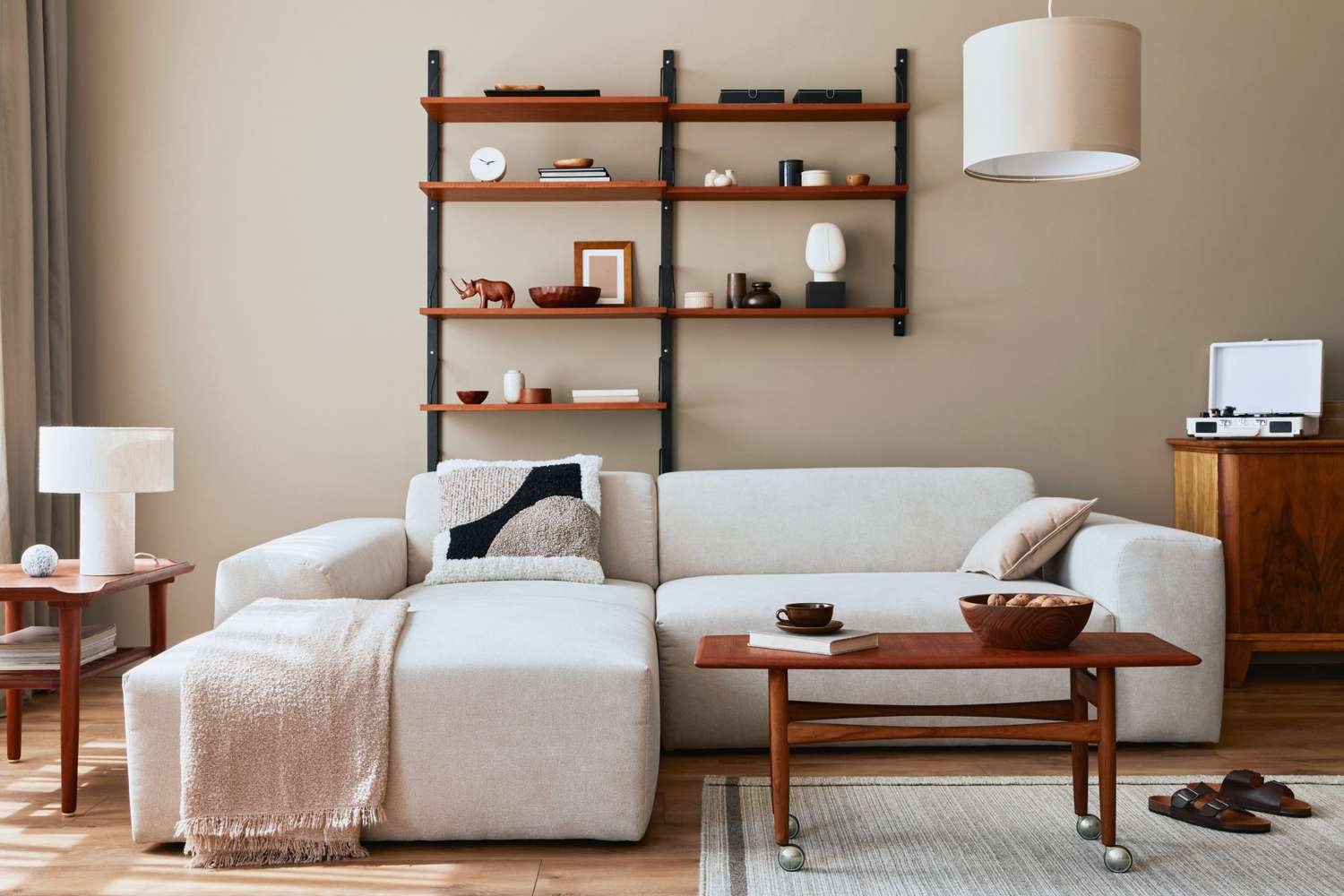

Interior Design
5 Home Decor Trends That I Hope Will Endure In 2024
Modified: January 9, 2024
Discover the top 5 enduring home decor trends for 2023! From interior design tips to timeless styles, elevate your space with these popular trends.
(Many of the links in this article redirect to a specific reviewed product. Your purchase of these products through affiliate links helps to generate commission for Storables.com, at no extra cost. Learn more)
Introduction
When it comes to decorating our homes, we often look for styles and trends that not only reflect our personal taste but also stand the test of time. As we approach the year 2023, there are several home decor trends that have gained popularity and are expected to endure. These trends not only bring a fresh and stylish aesthetic to our living spaces but also offer practicality and functionality.
In this article, we will explore five home decor trends that I hope will continue to thrive in 2023. From sustainable materials to biophilic design, minimalist approaches to multifunctional spaces, and the revival of vintage and retro styles, these trends offer a wide range of options to make our homes both visually appealing and livable.
By incorporating these trends in our homes, we can create spaces that not only cater to our individual tastes but also contribute to a more sustainable and eco-conscious future. So without further ado, let’s dive into the exciting world of home decor trends that are set to endure in 2023.
Key Takeaways:
- Embrace sustainable materials like reclaimed wood and bamboo to create stylish, eco-friendly spaces that contribute to a more sustainable and eco-conscious future in 2023.
- Incorporate biophilic design elements such as plants, natural lighting, and water features to promote wellbeing, reduce stress, and enhance cognitive function in your living spaces.
Read more: What Is Trending In Home Decor In 2024
Sustainable Materials
In recent years, there has been a growing awareness of the importance of sustainable materials in home decor. Choosing sustainable materials not only helps protect the environment but also ensures that our homes are healthier and more eco-friendly.
When it comes to sustainable materials, the options are vast. One popular choice is reclaimed wood, which is salvaged from old structures and repurposed into new furniture or flooring. Reclaimed wood not only adds warmth and character to a space but also reduces the demand for freshly cut timber.
Another sustainable material gaining traction is bamboo. Known for its fast growth rate and ability to regenerate quickly, bamboo is an excellent alternative to traditional hardwood. Bamboo flooring, furniture, and decor items offer a natural and eco-friendly touch to any room.
Recycled materials are also making their way into home decor. Items such as recycled glass, plastic, and metal can be transformed into stunning decorative pieces or functional furniture. By using recycled materials, we reduce waste and give new life to materials that would otherwise end up in landfills.
Incorporating sustainable materials into different areas of the home is a great way to showcase your commitment to the environment. For example, opt for organic and eco-friendly textiles such as organic cotton or hemp for curtains, bedding, and upholstery. Choose low VOC (volatile organic compounds) paints to minimize harmful emissions in your home.
In the kitchen, consider using sustainable materials for countertops and cabinetry, such as recycled glass or bamboo. For bathroom renovations, look for eco-friendly options like low-flow toilets, water-efficient faucets, and recycled tile.
By choosing sustainable materials, you not only create a beautiful and stylish space but also contribute to the preservation of our planet for future generations. Incorporating sustainable materials into your home decor is an investment in both style and sustainability.
Biophilic Design
Biophilic design is an architectural and interior design concept that seeks to connect humans with nature by incorporating natural elements and patterns into the built environment. The term “biophilia” refers to the innate human connection and affinity for nature. Biophilic design recognizes this innate connection and seeks to create spaces that promote wellbeing, productivity, and a sense of calm.
Incorporating nature into home decor has numerous benefits. Firstly, being in the presence of nature has been shown to reduce stress and promote relaxation. Bringing natural elements indoors, such as plants, natural lighting, and water features, can create a soothing and rejuvenating environment.
Secondly, biophilic design has been linked to improved cognitive function and creativity. Studies have shown that being in nature or surrounded by natural elements can enhance focus, problem-solving abilities, and overall cognitive performance. By incorporating biophilic elements into your home decor, you can create a space that fosters creativity and productivity.
There are several ways to incorporate biophilic design elements in different rooms of your home. In the living room, consider adding large potted plants or a living green wall as a statement piece. Not only do plants provide a visual connection to nature, but they also improve indoor air quality.
In the bedroom, choose natural bedding materials such as organic cotton or linen. Introduce wood accents or furniture to create a warm and inviting atmosphere. You can also incorporate natural light by using sheer curtains or adding a skylight to let in more sunlight.
The kitchen is a great space to incorporate biophilic design elements. Install a herb garden on the windowsill or use natural stone for the countertops. If you have space, create a small indoor garden where you can grow fresh herbs or vegetables.
In bathrooms, consider using natural materials such as stone or wood for the vanity and flooring. Incorporate plants into the space or use natural scents like essential oils to create a spa-like atmosphere.
By incorporating biophilic design elements into your home decor, you can create a space that not only looks beautiful but also promotes a sense of wellbeing and connection with nature.
Minimalist Design
Minimalist design is a popular home decor trend that emphasizes simplicity, functionality, and the reduction of unnecessary clutter. The concept is centered around the idea of “less is more,” creating a space that is clean, organized, and visually appealing.
At its core, minimalist design is guided by a few key principles. First and foremost, it seeks to eliminate excess and focus on the essentials. This means removing items that are not necessary or do not serve a purpose in the space. Minimalist design embraces clean lines, neutral colors, and simple forms.
One of the main benefits of embracing a minimalist home decor approach is the sense of calm it can bring to a space. By removing unnecessary clutter and keeping only the essential items, minimalist design promotes a serene and uncluttered environment. This can help reduce stress and create a more relaxing atmosphere.
In addition to creating a calming space, minimalist design can also make your home more functional. Simplifying your surroundings allows you to better appreciate and utilize the items you truly need and value. It also makes cleaning and maintaining your home much easier, as there are fewer items to dust, organize, and store.
To achieve a minimalist look in various spaces, here are some tips to consider:
- Declutter: Start by decluttering your space and getting rid of items that you no longer need or use. Donate or sell items that are in good condition and discard those that are beyond repair.
- Purge your surfaces: Clear off countertops, tables, and shelves as much as possible. Only display a few carefully selected items that are visually appealing or serve a specific purpose.
- Choose neutral colors: Opt for a neutral color palette with shades of white, beige, gray, or black. This helps create a clean and cohesive look throughout your space.
- Furniture with clean lines: Select furniture pieces that have simple and clean lines. Avoid excessive ornamentation or intricate details.
- Multipurpose furniture: Invest in furniture that serves multiple purposes, such as storage ottomans or coffee tables with built-in storage. This helps maximize space and minimize clutter.
- Maximize natural light: Allow as much natural light as possible into your space. Use sheer curtains or blinds instead of heavy drapes to let light flow in.
- Use minimal accessories: Limit the use of accessories and decorative items. When choosing accessories, opt for a few statement pieces that draw the eye without overwhelming the space.
By incorporating these minimalist design tips, you can create a clean, functional, and visually appealing space that allows you to truly appreciate the beauty of simplicity.
When investing in home decor trends, consider timeless styles like natural materials, sustainable designs, and versatile pieces that can easily adapt to changing trends.
Multifunctional Spaces
In modern homes where space is often at a premium, multifunctional spaces have become increasingly important. These spaces serve multiple purposes, allowing homeowners to maximize the functionality of their living areas and adapt to different needs throughout the day.
One of the key benefits of incorporating multifunctional spaces is the efficient use of limited square footage. By seamlessly blending different functions into a single space, you can avoid the need for separate rooms dedicated to specific activities.
There are numerous creative ways to maximize space functionality in your home. For example, a guest room can double as a home office by incorporating a desk and comfortable seating alongside a pull-out sofa bed. This allows the room to serve as both a private workspace and accommodation for visitors.
In the living room, a coffee table with built-in storage can provide a place to rest drinks while also offering space to stow away blankets, books, or other items. Modular furniture, such as sectional sofas with movable components, can be rearranged to suit different seating configurations or even transform into a temporary bed for overnight guests.
In the kitchen, an island or breakfast bar can serve as a prep area and dining space, eliminating the need for a separate dining room. Additionally, incorporating pull-out or fold-down countertops and storage solutions can optimize the functionality of a small kitchen.
When it comes to bedrooms, consider investing in furniture pieces with built-in storage, such as beds with drawers or ottomans with hidden compartments. This helps keep the room organized and reduces the need for additional storage furniture.
Incorporating multifunctionality in bathrooms can be achieved through smart design choices. For example, installing a shower with a built-in bench can provide a relaxing seating area while also saving space. Adding a vanity with ample storage can serve as both a grooming station and a place to stow away toiletries.
When designing your home, think outside the box to identify opportunities for multifunctionality. Can a hallway incorporate a built-in bookshelf or a small nook for a reading corner? Can a laundry room also serve as a mudroom with storage for shoes and coats? The possibilities are endless.
By embracing multifunctional spaces, you can make the most of every square inch of your home, creating versatile and adaptable areas that cater to your lifestyle and needs.
Vintage and Retro Revival
Vintage and retro styles have made a notable comeback in recent years, bringing a sense of nostalgia and charm to modern home decor. The resurgence of these styles allows us to incorporate elements from the past into our present-day spaces, creating a unique and eclectic look.
When incorporating vintage and retro elements into home decor, it’s important to do so tastefully to avoid creating a dated or cluttered appearance. Here are some tips to help you achieve a balanced and stylish vintage or retro look:
- Mix and match: Blend vintage or retro pieces with modern elements to create a seamless and cohesive aesthetic. For example, pair a retro-inspired armchair with a contemporary sofa, or combine vintage artwork with sleek, minimalist furniture.
- Choose quality pieces: Look for well-made vintage or retro furniture and accessories that have stood the test of time. Investing in high-quality items ensures durability and authenticity.
- Focus on statement pieces: Select a few standout vintage or retro pieces to serve as focal points in your space. This could be a bold and colorful retro-inspired wallpaper, a vintage chandelier, or a mid-century modern coffee table.
- Reupholster and repurpose: Give new life to vintage furniture pieces by reupholstering them in modern fabrics or repurposing them for a different function. For example, transform an old ladder into a bookshelf or use vintage suitcases as decorative storage.
- Incorporate retro patterns and colors: Embrace retro-inspired patterns and colors to add a touch of nostalgia to your space. Consider using geometric prints, bold stripes, or pastel hues reminiscent of the 1950s or 1960s.
- Vintage-inspired accessories: Use vintage-inspired accessories such as rotary phones, typewriters, record players, or vintage cameras to add character and nostalgia to your space. These items can act as conversation starters and bring a sense of authenticity.
In 2023, some popular vintage and retro trends that are expected to make a mark in home decor include:
- Mid-century modern: The clean lines, organic shapes, and timeless appeal of mid-century modern furniture are still highly sought after. Look for vintage or modern pieces inspired by designers like Eames, Saarinen, or Wegner.
- Art Deco: This glamorous and luxurious style from the 1920s and 1930s is characterized by bold geometric shapes, rich colors, and intricate details. Incorporate Art Deco elements through lighting fixtures, mirrored accents, or geometric-patterned rugs.
- 1970s boho chic: The free-spirited and eclectic vibe of the 1970s is making a comeback. Think macramé wall hangings, rattan furniture, shaggy rugs, and lava lamps to capture the boho chic aesthetic.
- Vintage floral prints: Floral prints inspired by vintage wallpapers and fabrics add a touch of nostalgia and femininity to any space. Use vintage floral patterns for upholstery, curtains, or throw pillows.
- Retro appliances: Incorporating retro-style appliances, such as colorful refrigerators or vintage-inspired kitchen gadgets, can add a playful and nostalgic touch to your kitchen.
By tastefully incorporating vintage and retro elements into your home decor, you can create a unique and personal space that pays homage to the past while remaining stylish and contemporary.
Conclusion
As we look forward to the year 2023, there are several home decor trends that I am hopeful will endure and continue to bring beauty and functionality to our living spaces. From sustainable materials to biophilic design, minimalist approaches to multifunctional spaces, and the revival of vintage and retro styles, these trends offer a wide range of options to suit different tastes and lifestyles.
By incorporating sustainable materials into our homes, we not only create visually appealing spaces but also contribute to a more eco-conscious future. Reclaimed wood, bamboo, and recycled materials offer stylish and environmentally friendly alternatives to traditional materials.
Biophilic design brings the calming and rejuvenating essence of nature into our living spaces. By incorporating natural elements like plants, natural lighting, and water features, we can create environments that promote wellbeing and improve cognitive function.
Minimalist design embraces simplicity and functionality to create serene and uncluttered spaces. By eliminating excess and focusing on the essentials, minimalist design reduces stress and enhances the functionality of our homes.
Multifunctional spaces are essential in modern homes, where space is often limited. By creatively combining different functions within a single area, we can maximize the use of space and adapt to various needs throughout the day.
The resurgence of vintage and retro styles adds a sense of nostalgia and character to our homes. By incorporating vintage and retro elements tastefully, we can create unique and eclectic spaces that blend the charm of the past with the comfort of modern living.
As you embark on your home decor journey in 2023, consider these enduring trends and how they align with your personal style and values. Embrace sustainable materials, bring nature indoors, simplify your spaces, maximize functionality, and add a touch of vintage charm. The possibilities are endless, and the result will be a space that is not only visually appealing but also enriching and reflective of who you are.
Here’s to a year filled with timeless and inspiring home decor trends!
Frequently Asked Questions about 5 Home Decor Trends That I Hope Will Endure In 2024
Was this page helpful?
At Storables.com, we guarantee accurate and reliable information. Our content, validated by Expert Board Contributors, is crafted following stringent Editorial Policies. We're committed to providing you with well-researched, expert-backed insights for all your informational needs.
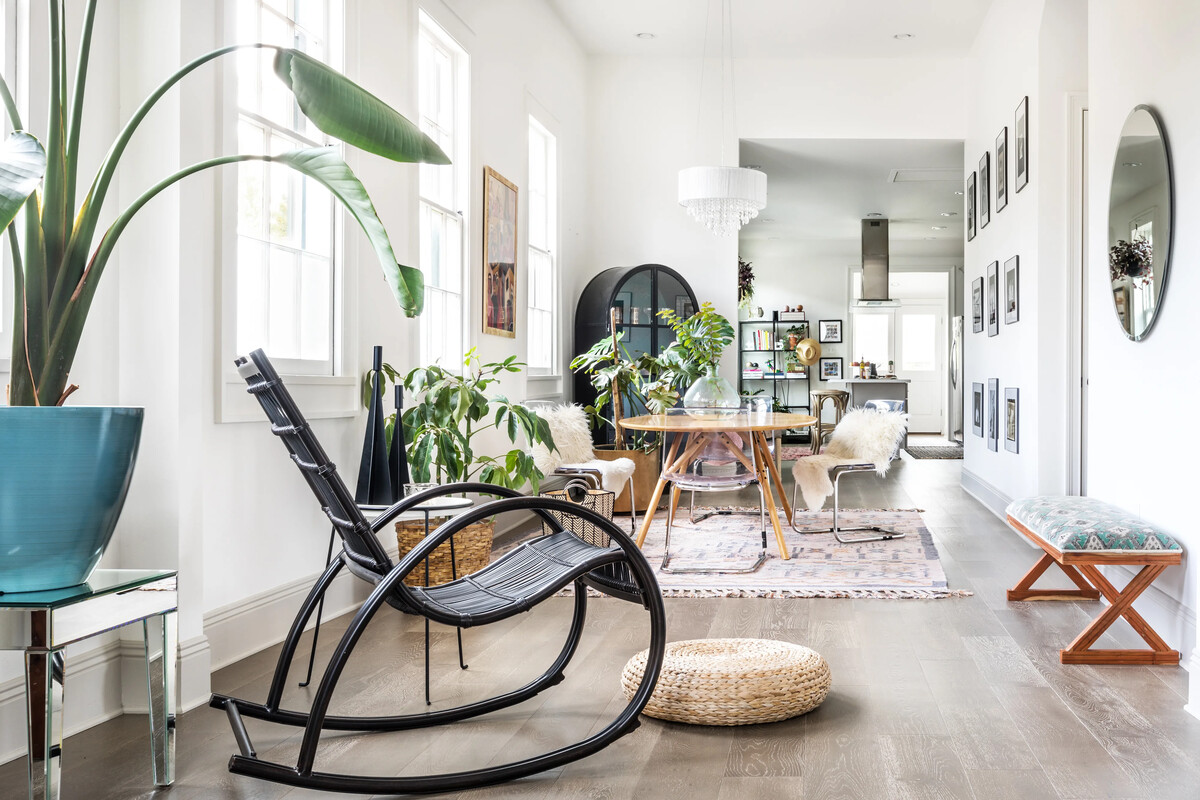
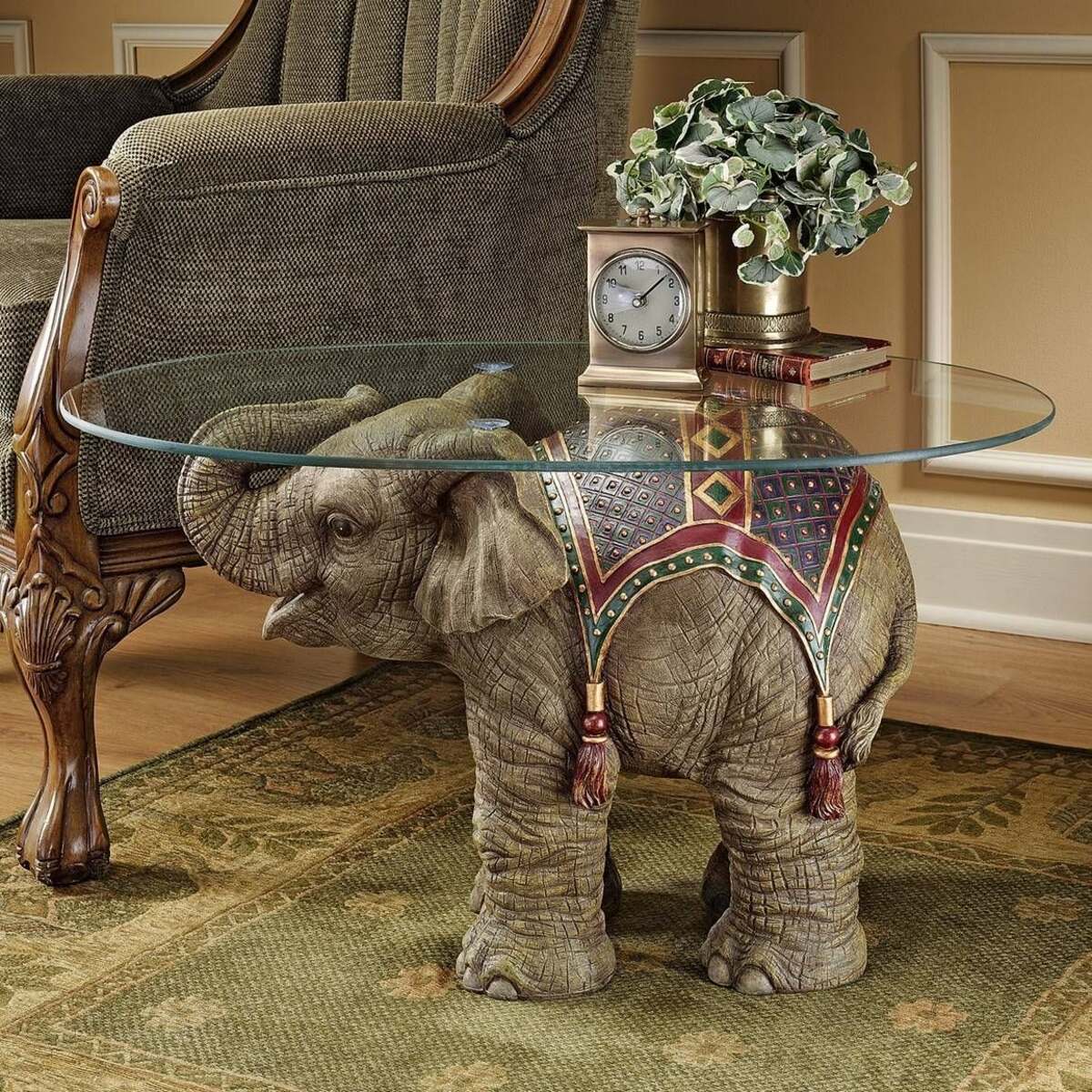
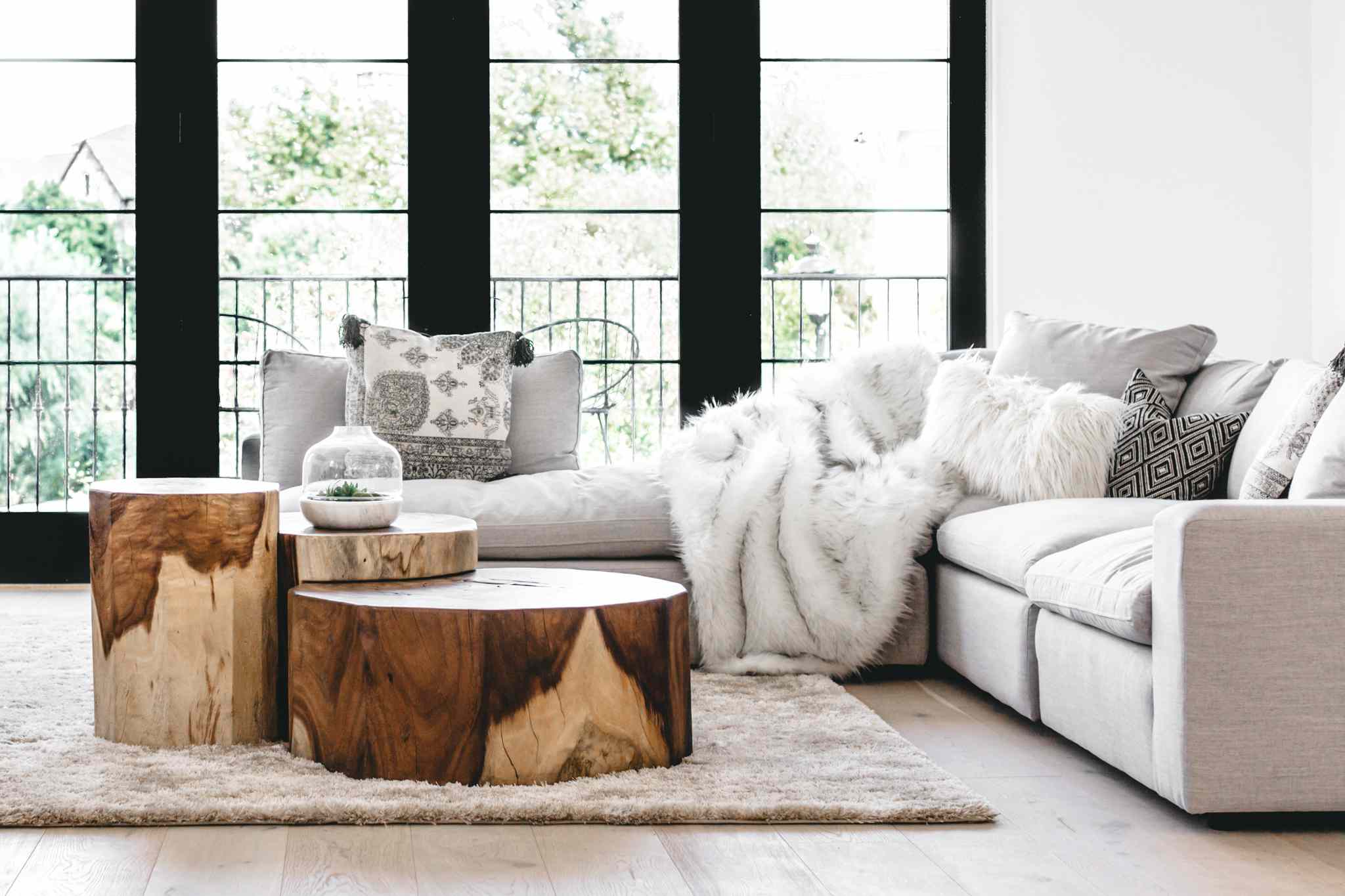
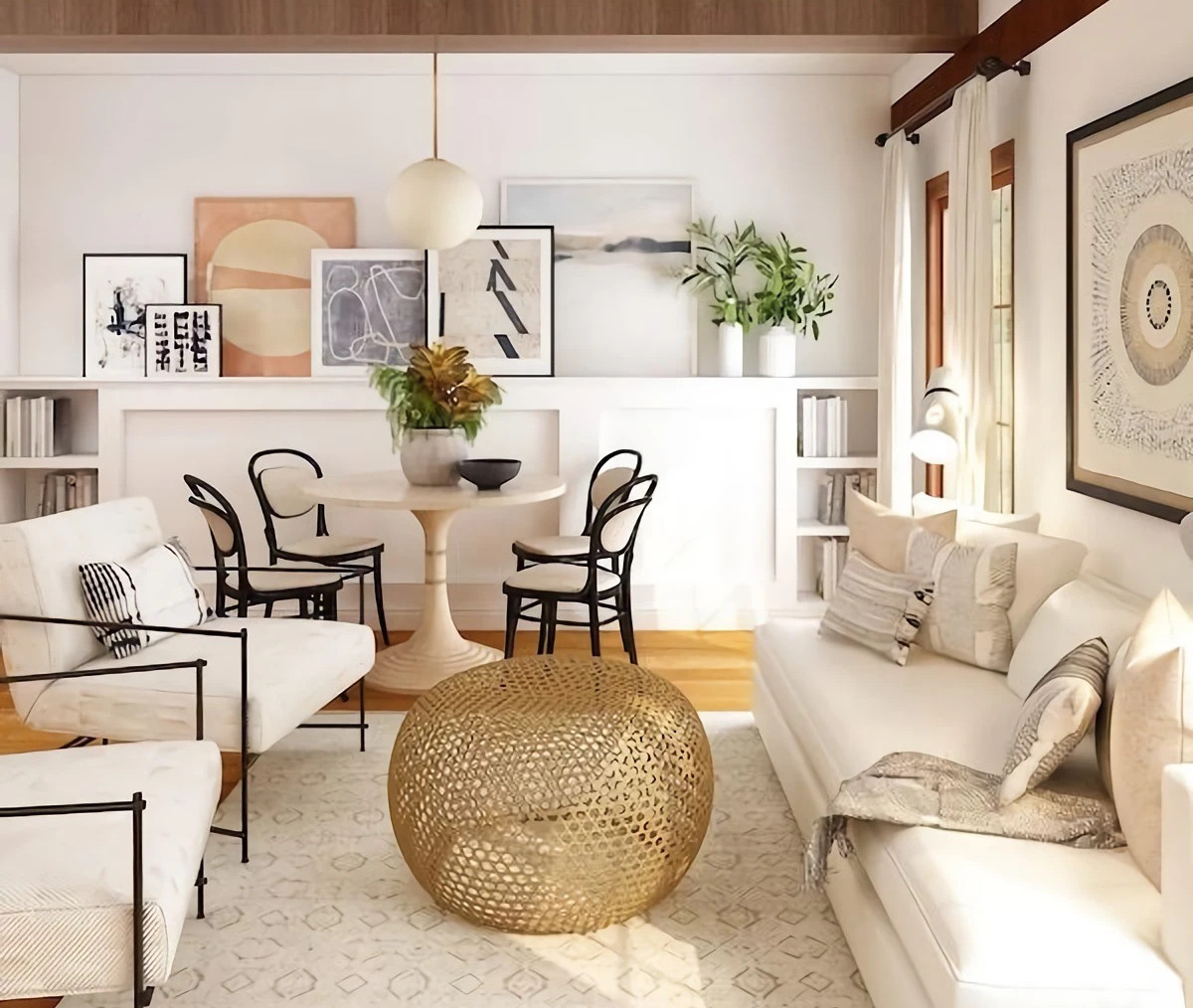

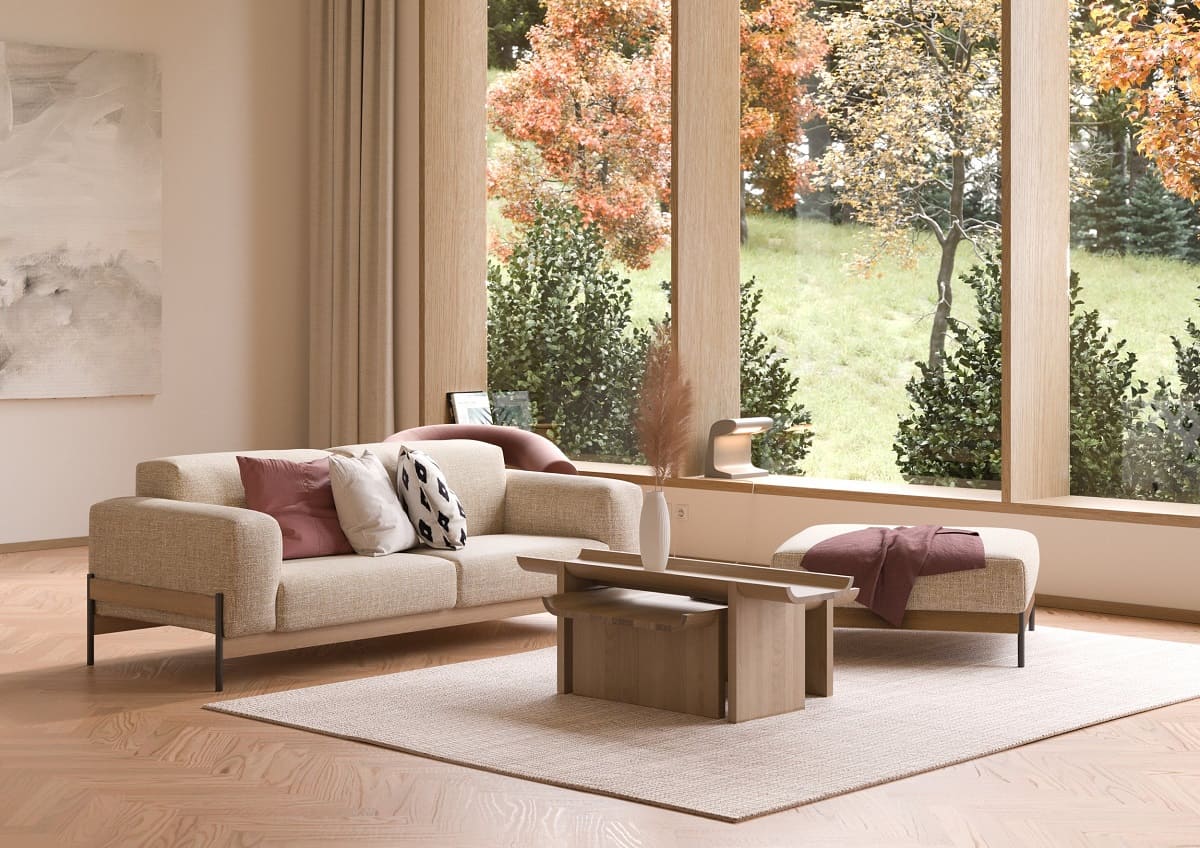
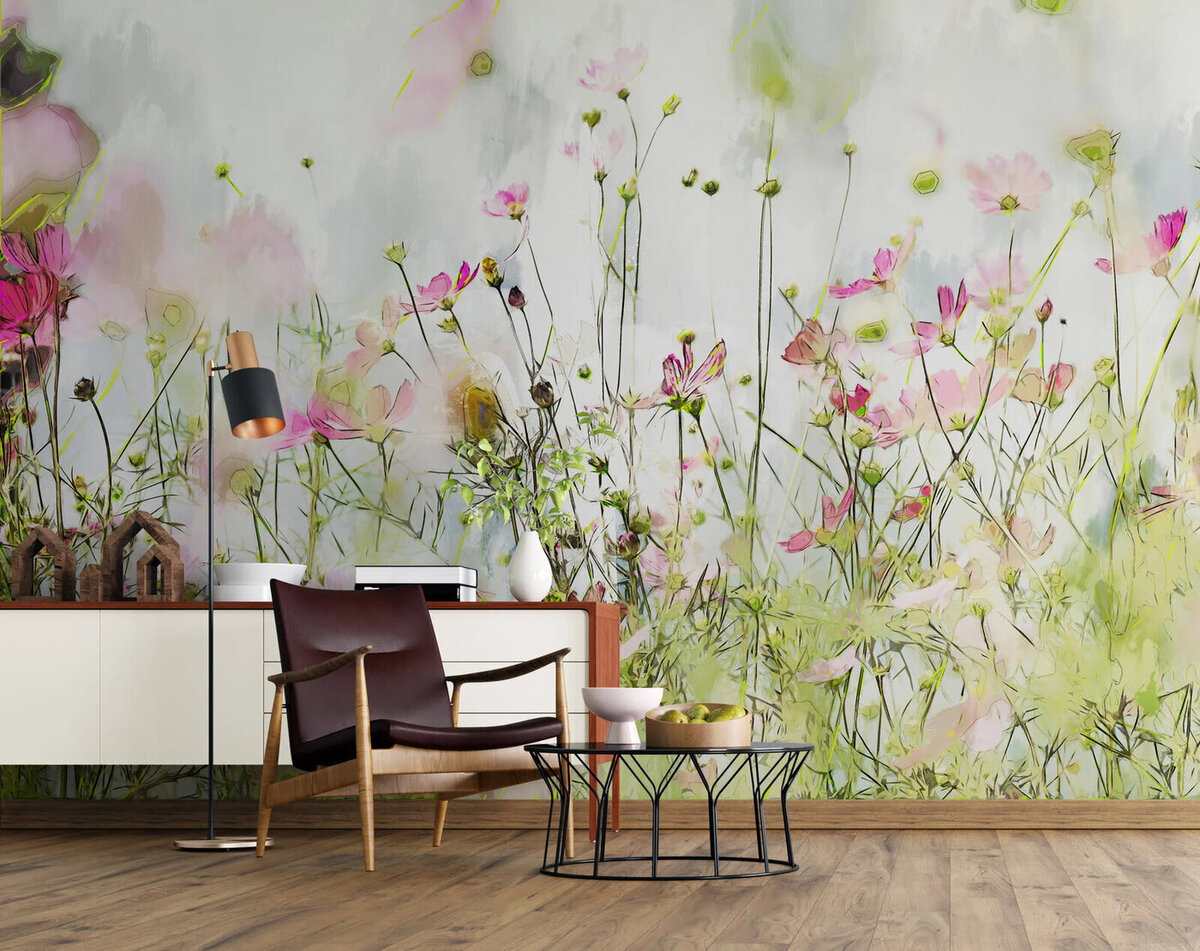
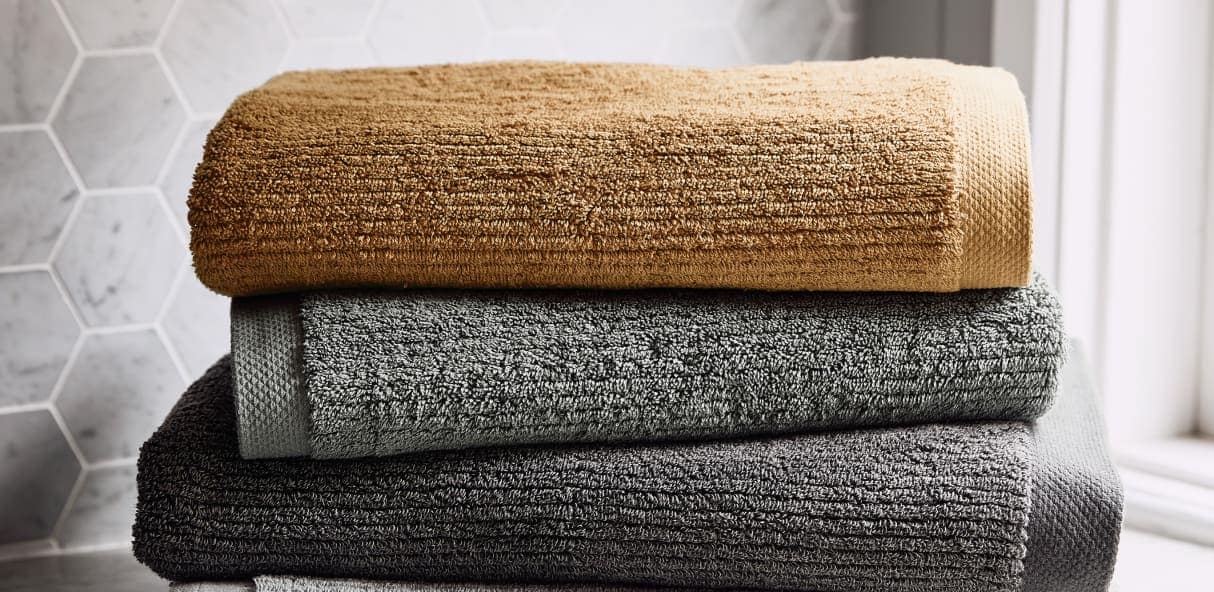
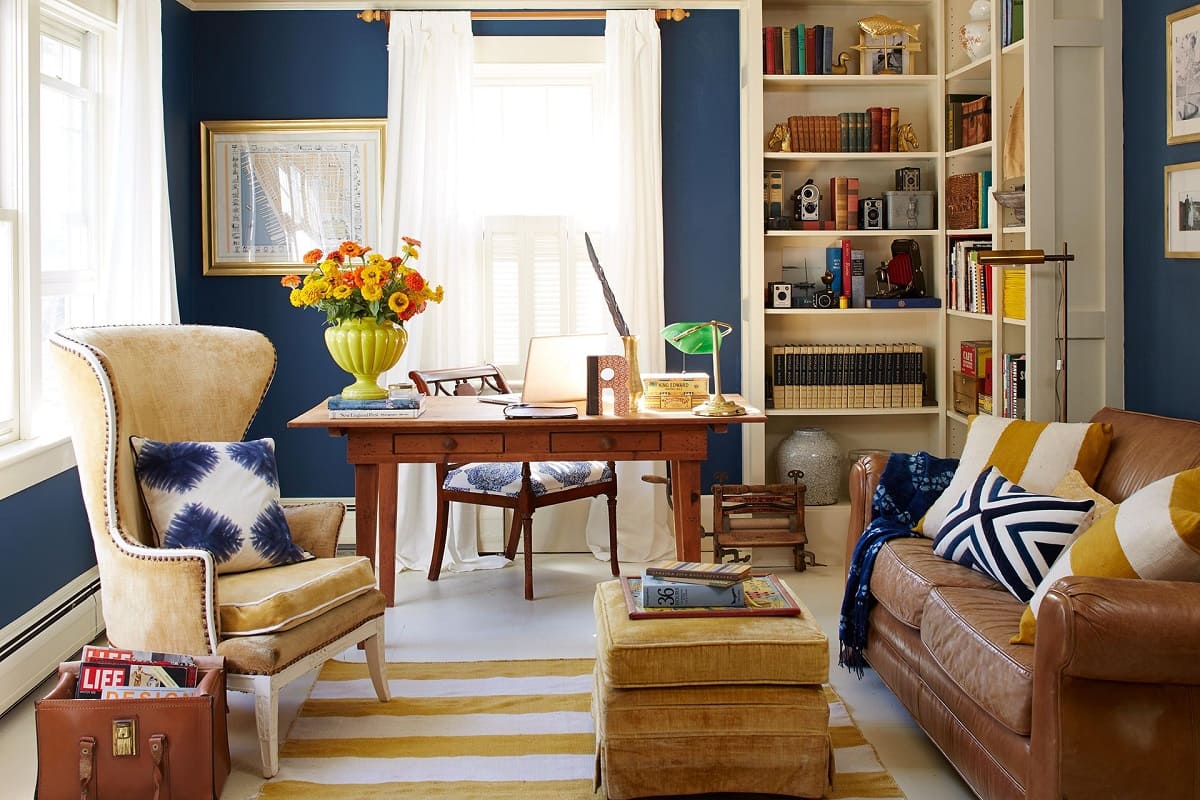
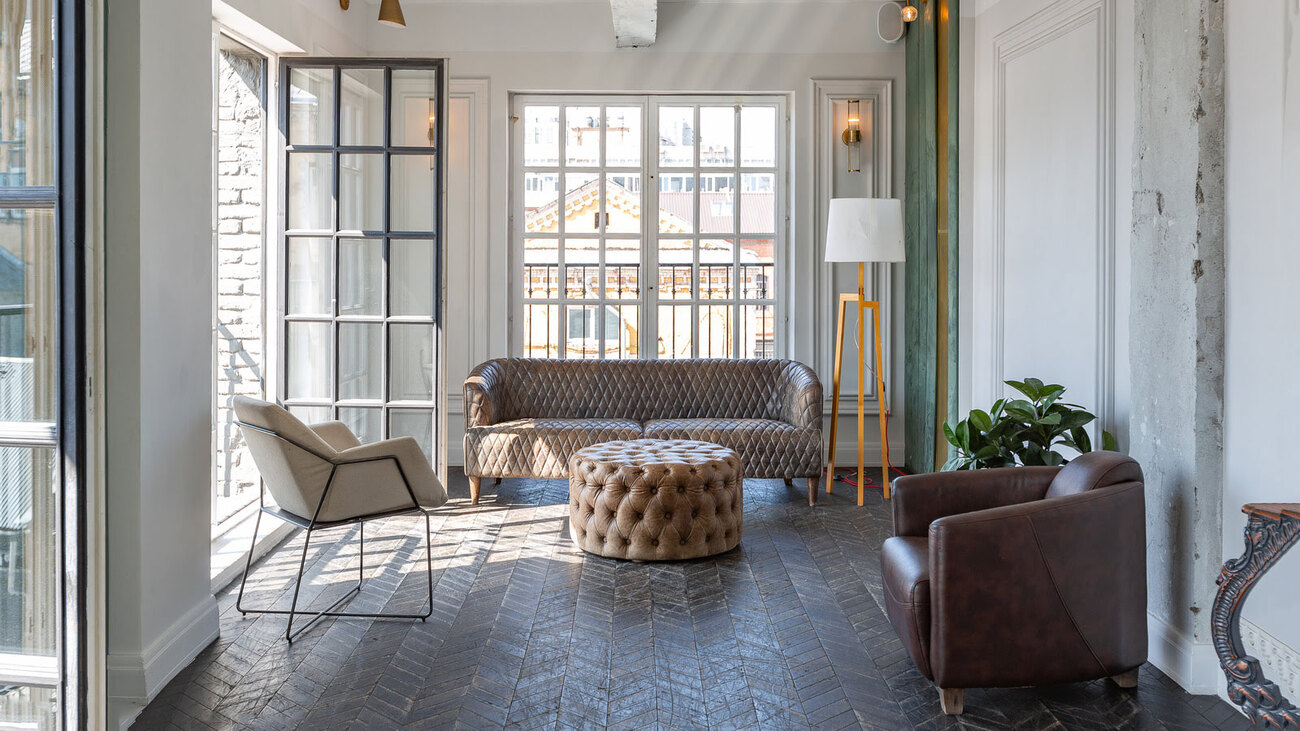
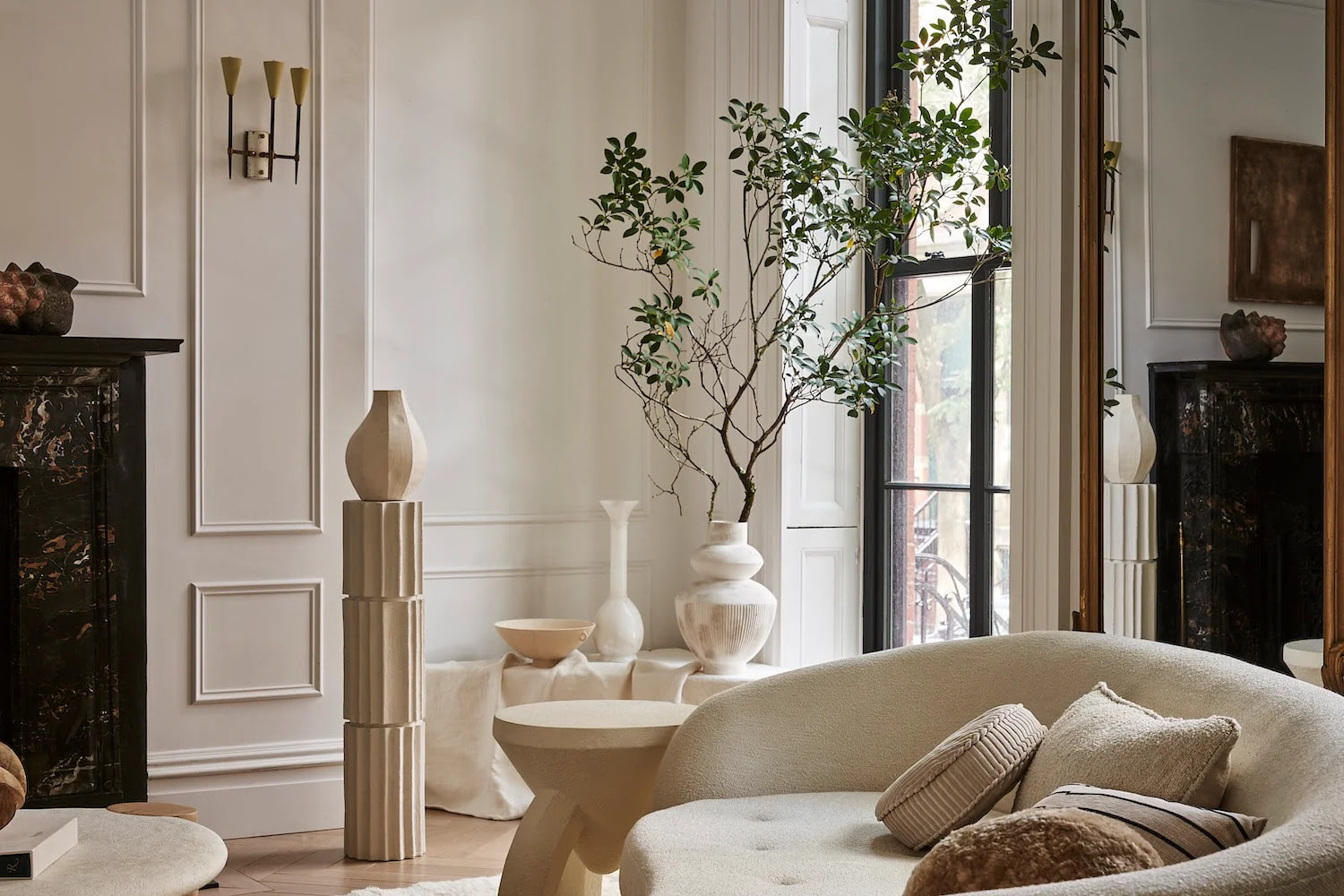
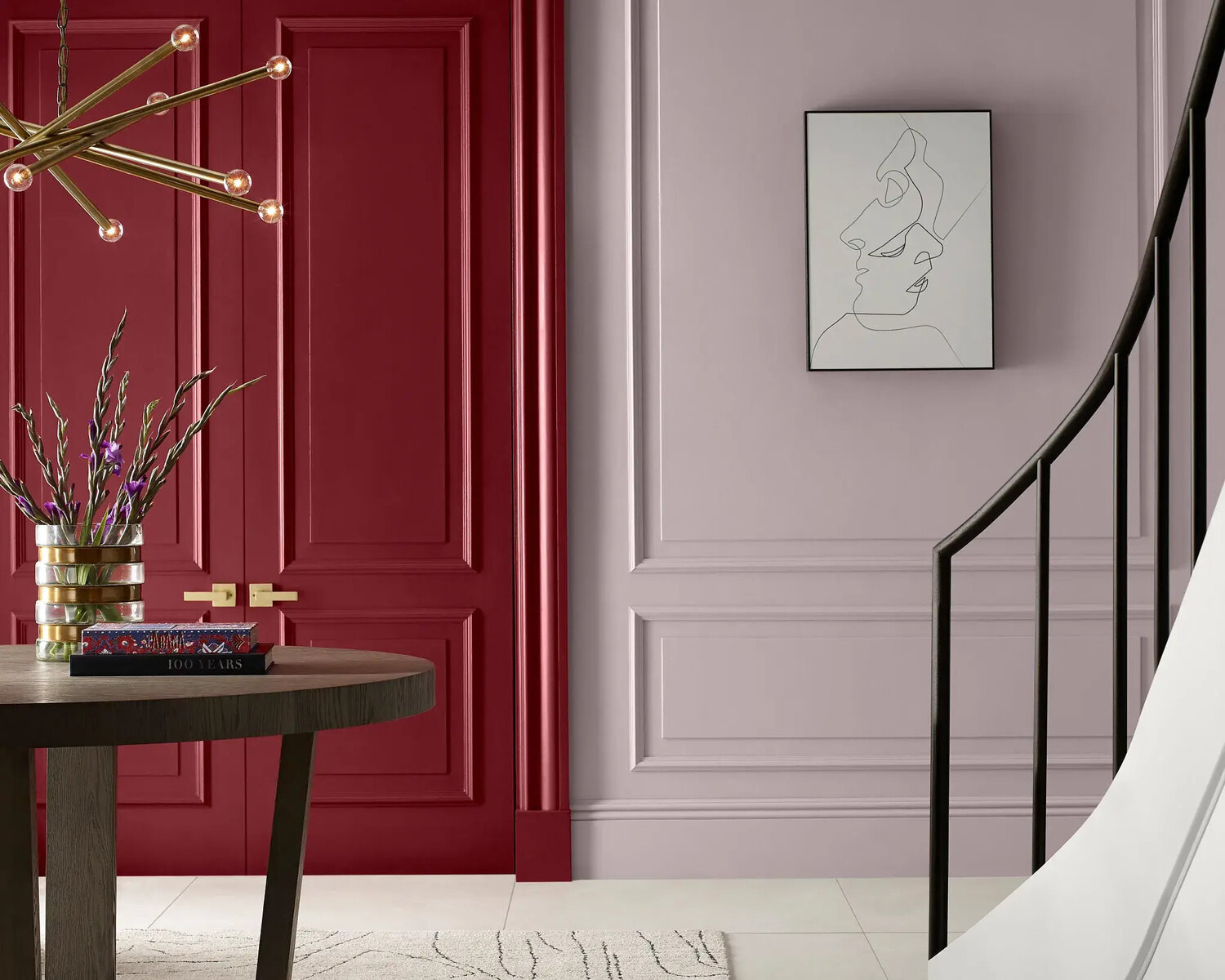
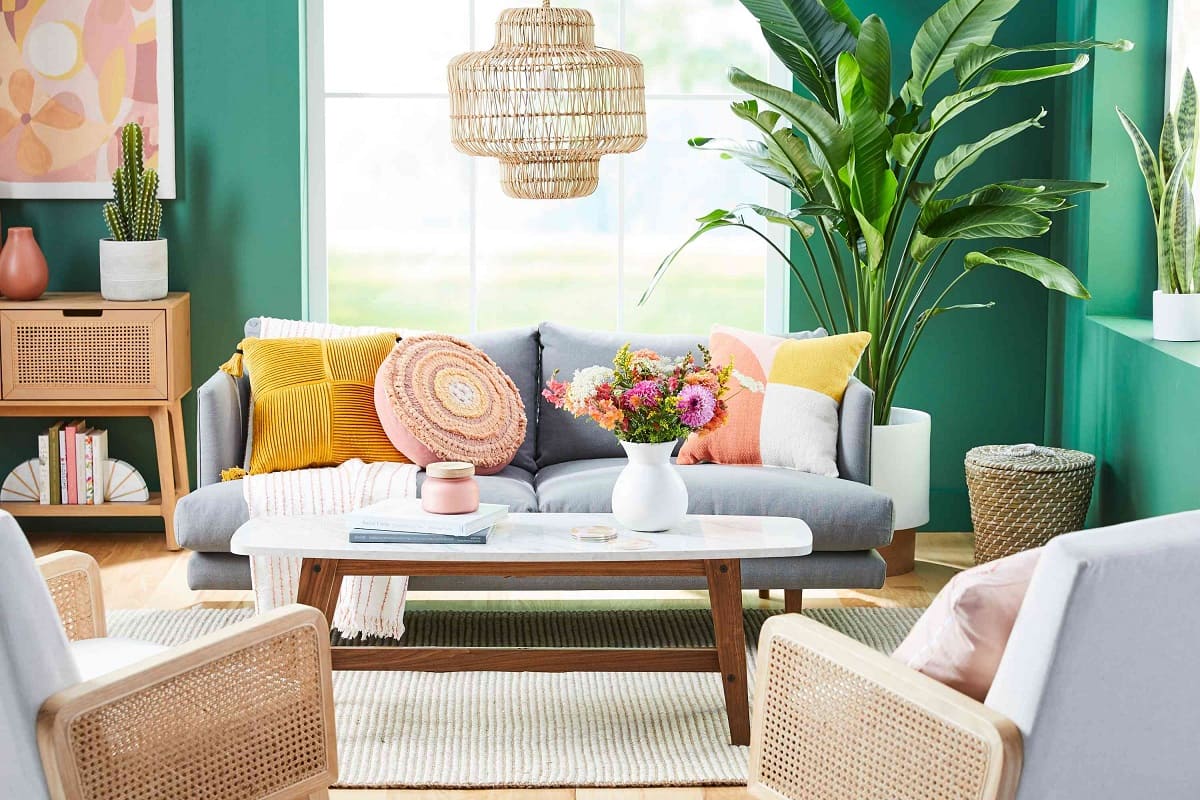
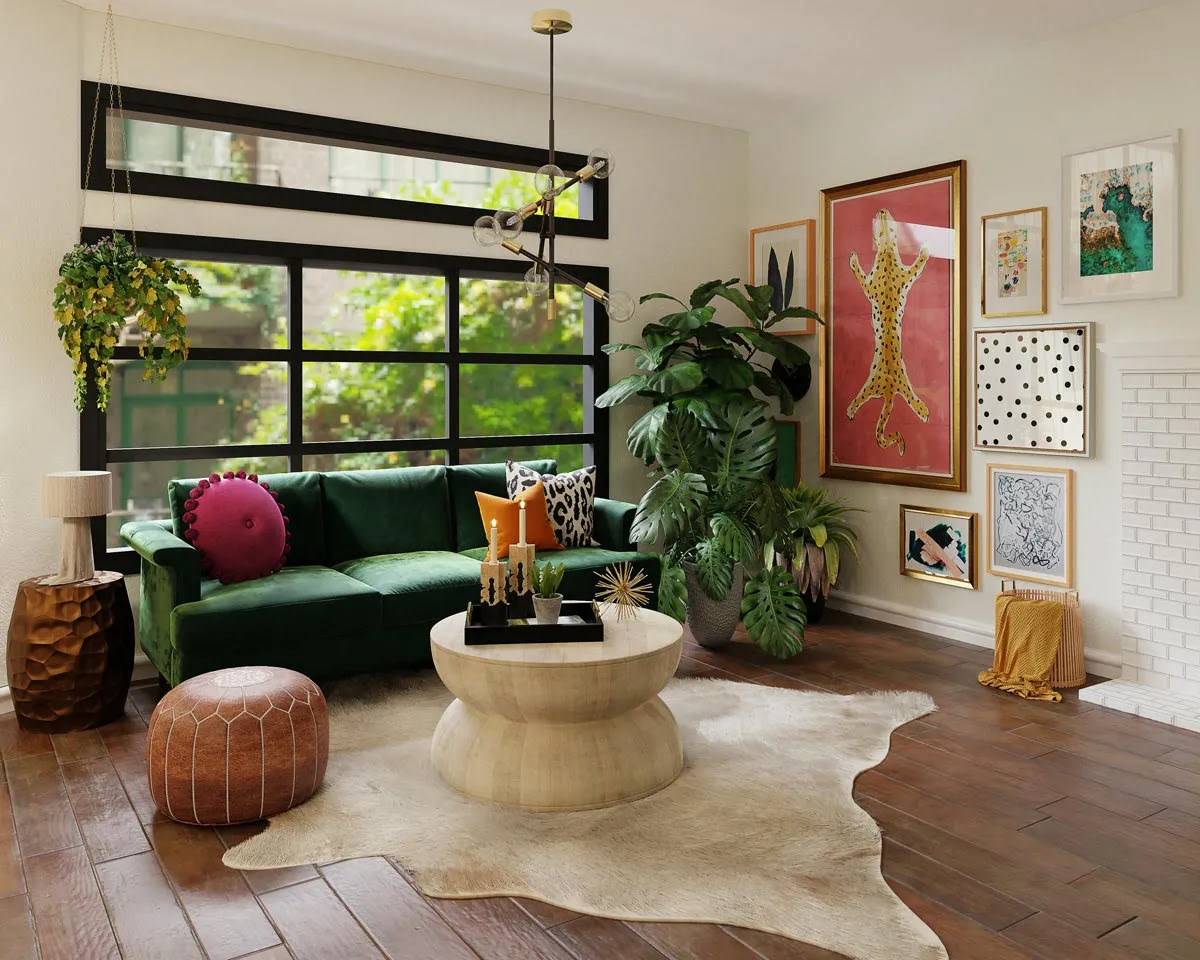

0 thoughts on “5 Home Decor Trends That I Hope Will Endure In 2024”